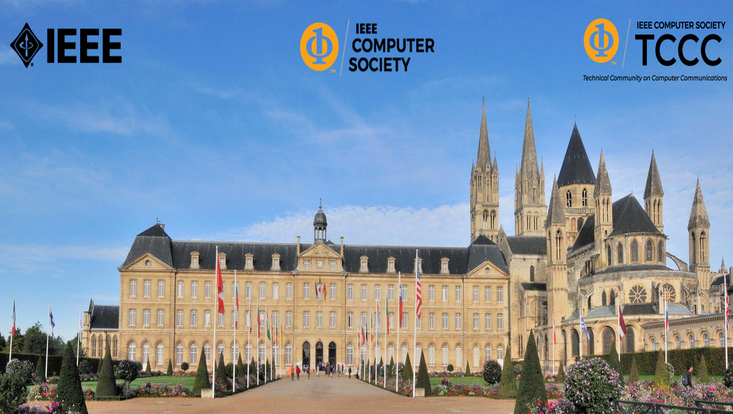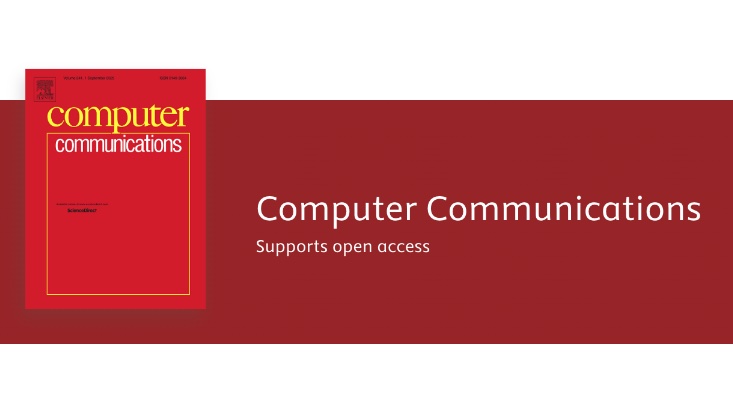Paper accepted at LCN'24
22 July 2024, by Mathias Fischer

Photo: lcn2024
We are happy to announce that our paper, "Transparent Time-Sensitive Networking with P4-enabled Switches," has been accepted for publication at the IEEE Conference on Local Computer Networks (LCN 2024).
Our research addresses the transition to advanced TSN standards, ensuring reliable communication with off-the-shelf Ethernet equipment. We propose making TSN transparent to end-hosts by embedding packet processing logic in P4-enabled switches. This allows switches to autonomously allocate network resources and handle real-time traffic, eliminating the need for end-host involvement.
We look forward to presenting our findings at the conference in Caen, Normandy, France (October 8-10, 2024) and engaging with the global research community.
Paper abstract:
Mission-critical networks currently face a transition from legacy network protocols to advanced time-sensitive networking (TSN) standards.
TSN guarantees reliable and deterministic communication using off-the-shelf Ethernet equipment. However, end-hosts must be TSN-aware and may pose security risks by arbitrarily over-allocating resources. Integrating central instances like a software-defined networking (SDN) controller into TSN networks to streamline network management presents a promising solution. This raises concerns regarding latency in communication between switches and the controller, as well as among switches themselves.
To address this, we propose an approach that renders TSN transparent to end-hosts, eliminating the need for their involvement in resource reservations.
We embed packet processing logic in P4-enabled TSN switches to characterize network traffic intelligently. This enables switches to allocate network resources autonomously and adjust real-time traffic handling mechanisms. Leveraging P4 storage structures introduces statefulness for traffic characterization computing within the inherently stateless P4 language.
Our experiments demonstrate that our P4-enhanced switches require a minimal 0.014 MB of switch memory to distinguish between periodic and non-periodic traffic with an 80% precision while incurring a mere 0.2 ms forwarding latency per packet.


